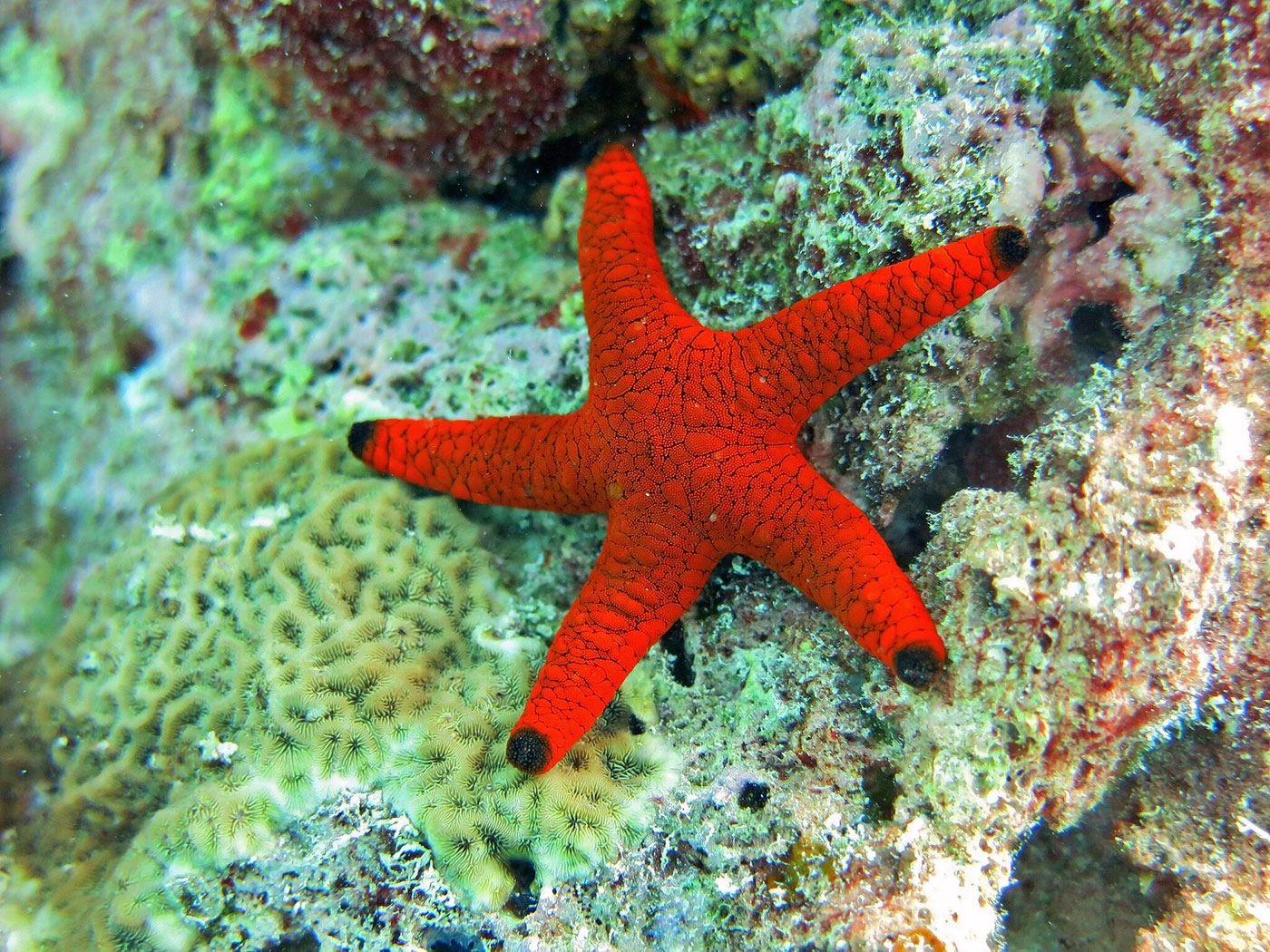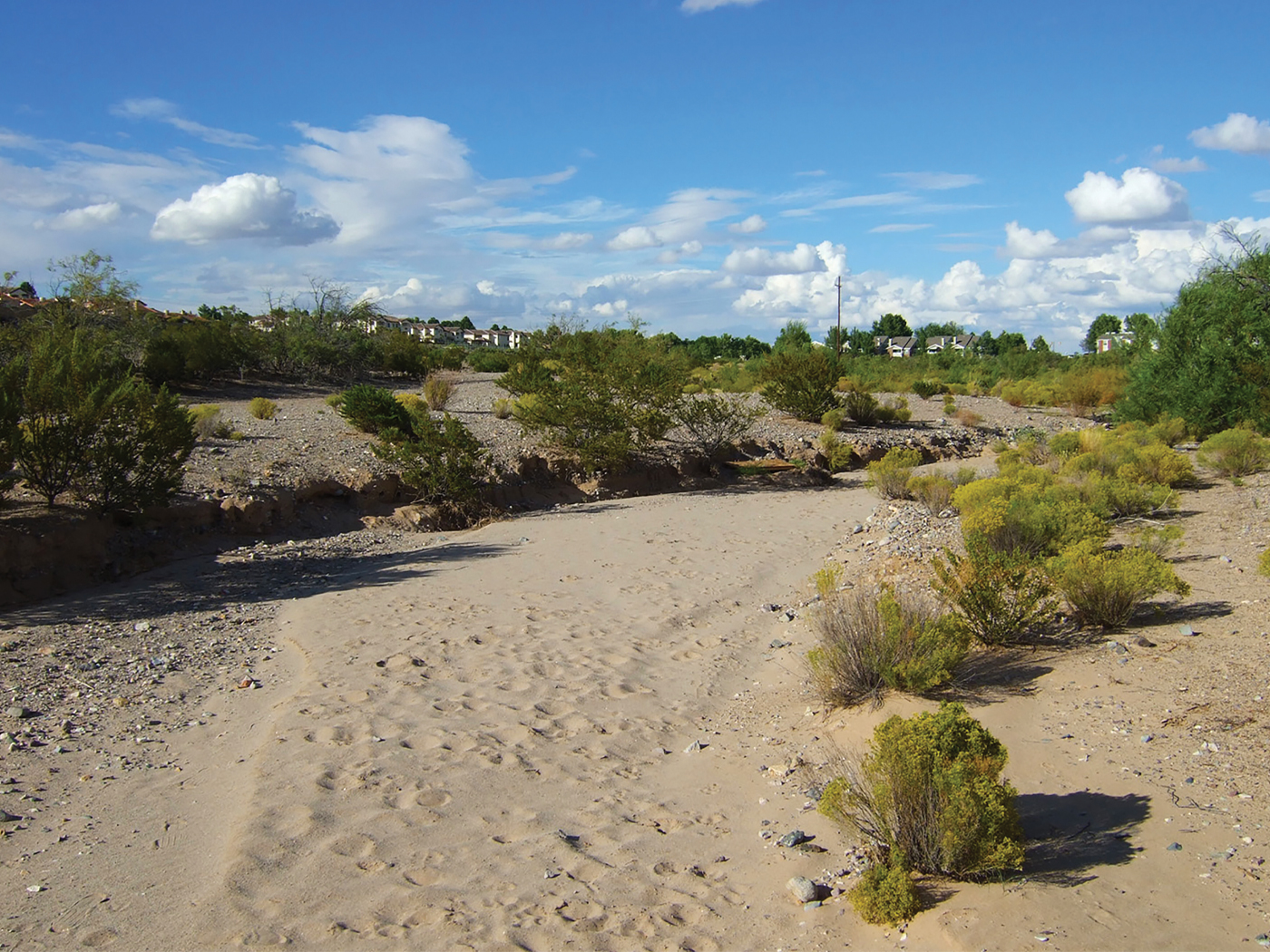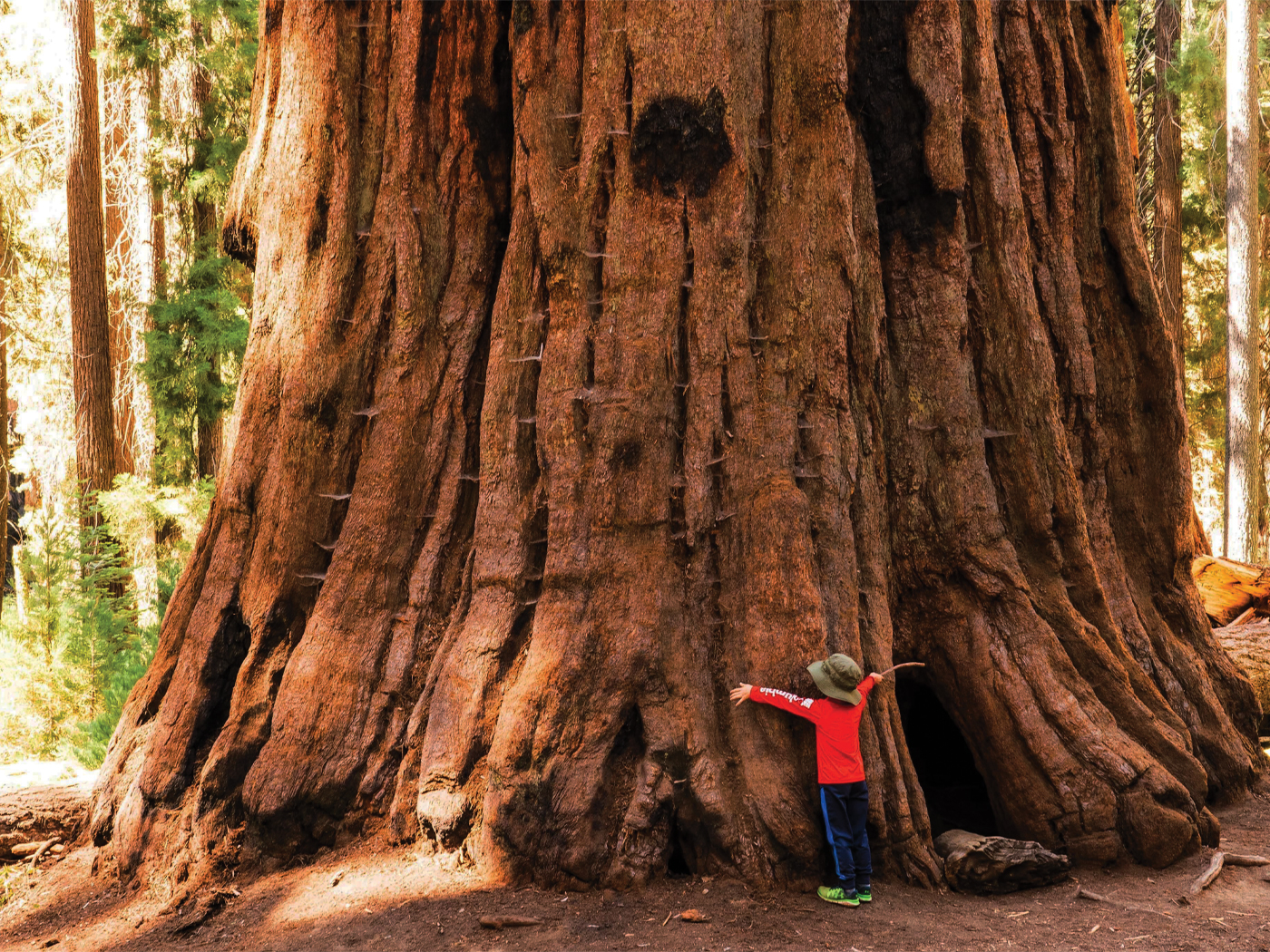Countless schoolchildren have been told that they evolved from cavemen who wore no clothes, communicated in grunts, and were primitive hunters. But many of their teachers can't answer the question "how do you know that?" Tiny remnants of ground-up grains were recently found at Neandertal dwelling sites, and like so many other recent finds, they contradict a common evolution-based myth about human origins.
Tales of human evolutionary development, even those appearing in accepted textbooks and museums, are large on imagination.1,2 G. K. Chesterton, one of the 20th century's most insightful authors, pointed out this tendency back in 1925 when "Java Man" stories of human evolution were embellished, much like stories of Lucy or Ardi are today. Chesterton observed that the evolutionary paleontology professor "produces his little bone, or little collection of bones, and deduces the most marvelous things from it."3
A full picture of the supposed caveman's life is painted and presented to the world, but where does such a professor obtain these details? "He found in Java a piece of a skull….But the effect on popular science was to produce a complete and even complex figure, finished down to the last details of hair and habits," wrote Chesterton.3
Decades after that was written, Java Man was finally shown to be a fraudulent combination of fossilized bones from unrelated species that were taken from different locations, vindicating Chesterton's insight. In 2009 and 2010, discoveries of advanced communication and construction skills continued to challenge the "primitive" portrayals of early man.4,5,6 And the recent discovery that ancient humans harvested, prepared, and consumed grains adds to this list.
Ancient humans are popularly viewed as hunting game with a primitive club. But "a new study shows they cooked and ate veggies." An examination of fossilized Neandertal remains from Belgium and Iraq revealed that their teeth contained starch granules from grain. Amanda Henry, lead author of the study published in the Proceedings of the National Academy of Sciences, told CNN, "Neanderthals are often portrayed as very backwards or primitive….Now we are beginning to understand that they had some quite advanced technologies and behaviors."7
An earlier PNAS report described "Stone Age" grinding tools that still contained grain remnants. The researchers found hundreds of starch grains in various stages of processing, from a variety of plants. The researchers concluded that "it is likely that high energy content plant foods were available and were used as components of the food economy of these mobile hunter-gatherers.8
So, evidence shows that ancient humans performed surgery,9 made ornate jewelry and effective tools,10 had elaborate burial practices, did not come out of Africa,11 and now are known to have enjoyed a cultivated cuisine of available fruits and grains instead of just meat. Can students trust any part of human evolution as it has been taught to them?
Strongly held belief in a Darwinian tale of human evolution has mired and muddied research into mankind's past. The professors Chesterton wrote about could have learned about advanced skills in ancient humans just by reading Genesis.
References
- Thomas, B. Illustrations of Ancient Humans Skew Facts. ICR News. Posted on icr.org December 7, 2009, accessed January 11, 2011.
- Thomas, B. The Artistry of 'Ardi.' ICR News. Posted on icr.org October 15, 2009, accessed January 11, 2011.
- Chesterton, G. K. 2008. The Everlasting Man. Radford, VA: Wilder Publications, 18. (Reprint, originally published in the United States in 1925.)
- Thomas, B. Human Tool Marks Found from 'Lucy' Era. ICR News. Posted on icr.org August 18, 2010, accessed January 11, 2011.
- Thomas, B. Discoveries Show Early Mankind Was Advanced. ICR News. Posted on icr.org March 17, 2010, accessed January 11, 2011.
- Thomas, B. Ancient Wooden Door Has 'Remarkable' Design. ICR News. Posted on icr.org October 27, 2010, accessed January 11, 2011.
- Said, S. Study: Neanderthals cooked, ate vegetables. CNN. Posted on cnn.com December 29, 2010, accessed January 11, 2011, reporting on research published in Henry, A. G., A. S. Brooks and D. R. Piperno. 2011. Microfossils in calculus demonstrate consumption of plants and cooked foods in Neanderthal diets (Shanidar III, Iraq; Spy I and II, Belgium). Proceedings of the National Academy of Sciences. 108 (2): 486-491.
- Revedin, A. et al. 2010. Thirty thousand-year-old evidence of plant food processing. Proceedings of the National Academy of Sciences. 107 (44): 18815-18819.
- Thomas, B. Surprising 'Stone-Age' Surgery Evidence Found in France. ICR News. Posted on icr.org February 4, 2010, accessed January 12, 2011.
- Thomas, B. Boats and Jewelry: 'Stone Age' People Were Surprisingly Modern. ICR News. Posted on icr.org January 25, 2010, accessed January 19, 2011.
- Thomas, B. Ancient Teeth Overturn Human Evolution. ICR News. Posted on icr.org January 14, 2011, accessed January 14, 2011.
* Mr. Thomas is Science Writer at the Institute for Creation Research.
Article posted on January 21, 2011.














